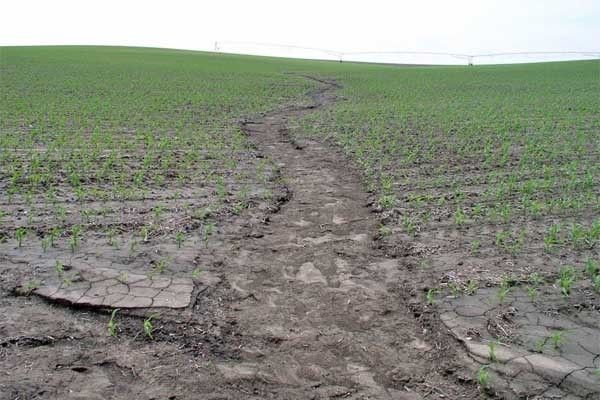More than a third of farmland in the U.S. Corn Belt — nearly 100 million acres — has completely lost its carbon-rich topsoil due to erosion, according to a new study published in the journal Proceedings of the National Academy of Sciences. The loss of topsoil has reduced corn and soybean yields in the Midwest by 6 percent, resulting in a loss of nearly $3 billion a year for farmers, and increased runoff of sediment and nutrients into nearby waterways, worsening water quality.
The study, led by scientists at the University of Massachusetts, Amherst, found that the greatest loss of carbon-rich topsoil was on hilltops and ridgelines — indicating that tillage, or the repeated plowing of fields, was largely to blame as loosened soils moved downslope. The research also found that this erosion has removed nearly 1.5 petagrams of carbon from hills in the Corn Belt. Restoring the topsoil, the study’s authors argued, could help productivity and potentially turn agricultural fields into carbon sinks.
Previous research has shown that no-till farming practices can have a significant impact on reducing erosion. A study published last November in the Journal of Environmental Management found that if farmers shifted entirely to no-till practices, it would reduce soil erosion from U.S. agricultural fields by more than 70 percent, helping to significantly reduce nutrient and sediment runoff and improve water quality along thousands of miles of streams and rivers.
Read more at: Yale Environment 360
Soil erosion in corn field in Nebraska. Photo Credit: University of Nebraska-Lincoln


